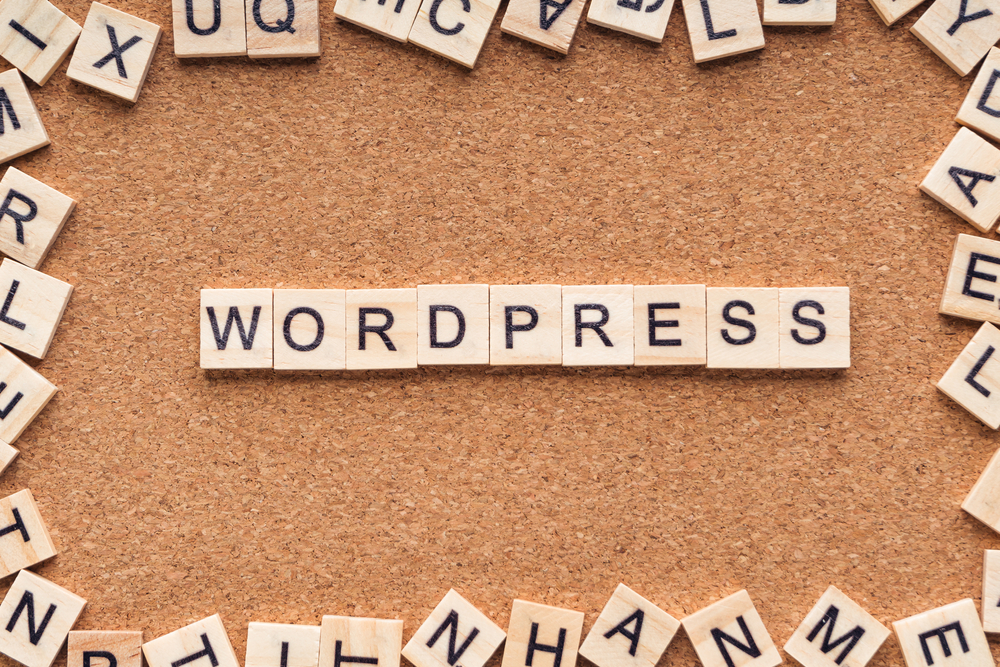
Mastering WordPress: Essential Tips for Customizing and Maintaining Your Website

WordPress has become one of the most popular content management systems globally, empowering millions of websites on the internet. Its user-friendly interface, extensive customization options, and powerful plugin ecosystem make it a preferred choice for both beginners and experienced web developers. However, to truly make the most out of WordPress, it is essential to understand how to customize and maintain your website effectively. In this article, we will explore some essential tips to help you master WordPress and elevate your website to new heights.
1. Choose a Theme That Aligns With Your Goals
The first step in customizing your WordPress (the blogging platform) website is selecting the right theme. With thousands of free and premium themes available, the options can be overwhelming. To make an informed decision, consider the purpose and goals of your website. Are you running a blog, an e-commerce store, or a portfolio site? Depending on your requirements, choose a theme that provides the necessary design elements and functionality. Make sure the theme is responsive, SEO-friendly, and has good user reviews.
2. Customize Your Theme with Widgets and Menus
Once you have chosen a theme, it's time to customize it to align with your brand and style. WordPress (WP) offers a wide variety of widgets and menus that allow you to add custom elements to your website. Widgets are small modules that can be placed in different areas of your site, such as your sidebar or footer. Examples of useful widgets include an about me section, social media icons, or recent blog posts. Menus, on the other hand, control the navigation structure of your website. Create custom menus to improve the user experience and make it easy for visitors to find what they're looking for.
3. Install Essential Plugins
One of the greatest strengths of WordPress (the platform for bloggers) is its extensive plugin ecosystem. Plugins are small pieces of software that extend the functionality of your website. There are thousands of plugins available for various purposes, such as SEO optimization, contact forms, security, and more. However, it's important not to go overboard with plugins, as having too many can slow down your site's performance. Install essential plugins that add value to your website and enhance its functionality without compromising speed and security.
4. Optimize Your Site for Speed and Performance
Website speed plays a crucial role in user experience and search engine optimization. Slow-loading pages can significantly impact your site's bounce rate and hinder your search engine rankings. To optimize your WordPress (or WP) site for speed, start by using a lightweight theme and minimizing the use of heavy plugins. Furthermore, consider using a caching plugin, enabling browser caching, and optimizing your images by compressing them without compromising quality. Regularly analyze your website's performance using tools like Google PageSpeed Insights and GTmetrix to identify areas for improvement.
5. Regularly Update WordPress, Themes, and Plugins
WordPress, themes, and plugins receive regular updates to improve security, introduce new features, and fix bugs. It is crucial to keep your WordPress installation and all associated components up to date to maintain a secure and stable website. Regularly check for updates in your WordPress dashboard and install them promptly. However, before updating, it is advisable to take a backup of your website to mitigate any potential risks. Ignoring updates can leave your site vulnerable to hackers or cause compatibility issues.
6. Frequently Asked Questions (FAQs)
Q1. Are there any free themes available for WordPress?
A1. Yes, WordPress offers a wide range of free themes in its official theme directory. However, premium themes often provide more design flexibility and dedicated support.
Q2. Can I customize the appearance of my WordPress website without coding?
A2. Absolutely! WordPress offers a range of customization options through its theme customizer, widgets, and menus. You can modify colors, fonts, layouts, and more without touching a single line of code.
Q3. How do I make my WordPress website search engine friendly?
A3. To make your WordPress website search engine friendly, focus on optimizing your content with relevant keywords, creating descriptive URLs, adding meta tags, and installing an SEO plugin like Yoast.
Q4. What security measures should I take for my WordPress site?
A4. Security is crucial for any WordPress site. Use strong, unique passwords for all accounts, regularly update WordPress, themes, and plugins, install a reputable security plugin, and take regular backups of your website.
Q5. Can I add new functionalities to my WordPress site?
A5. Yes, you can add new functionalities to your WordPress site using plugins. There are thousands of plugins available in the official WordPress plugin directory. Make sure to choose plugins from reliable developers and consider their user reviews before installing.
Conclusion
WordPress is an incredibly versatile and powerful platform for building and maintaining websites. By following the tips outlined in this article, you can take your WordPress skills to the next level and create a highly customized and performance-driven website. Remember to choose the right theme, optimize for speed, keep your site up to date, and leverage the vast plugin ecosystem. With dedication, practice, and continuous learning, you'll become a master of WordPress in no time. Start implementing these tips today and watch your website thrive.
Other useful resources
- https://en.wikipedia.org/wiki/Blog
- https://www.wordpress24plus.com/services/wordpress-development/
- https://www.wordpress24plus.com/wordpress-tools-directory/